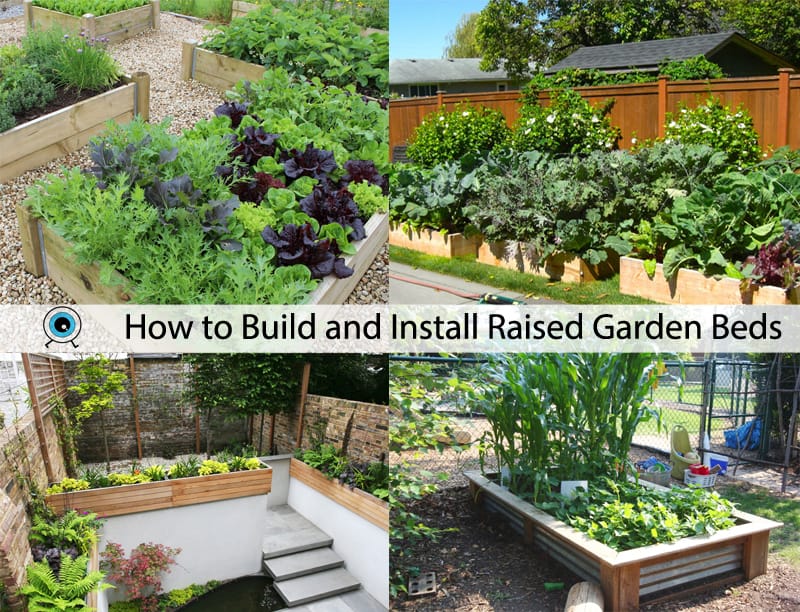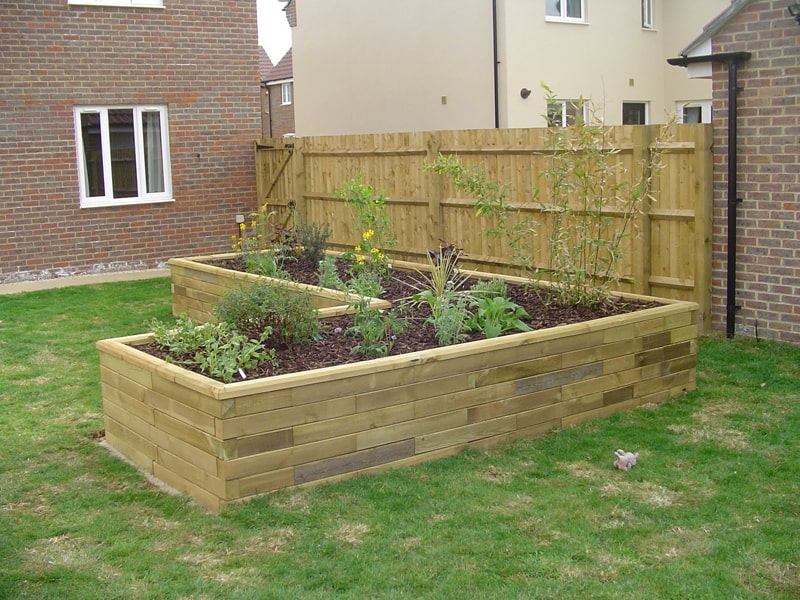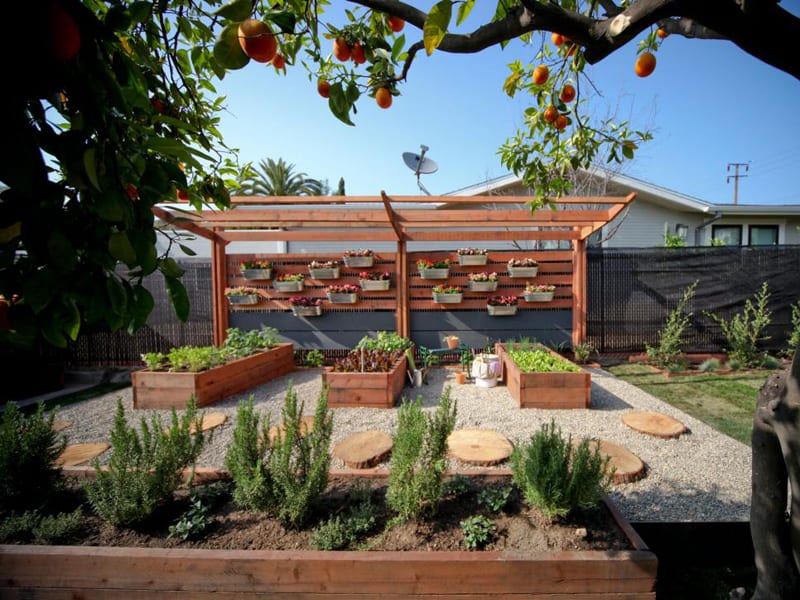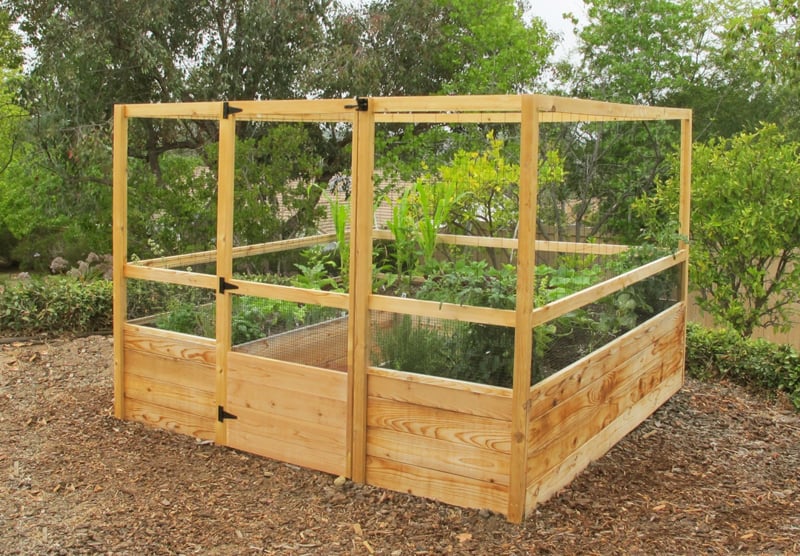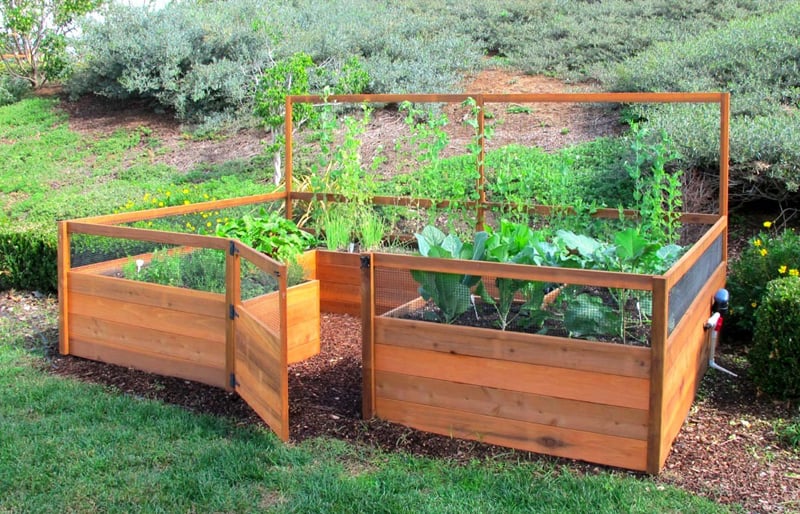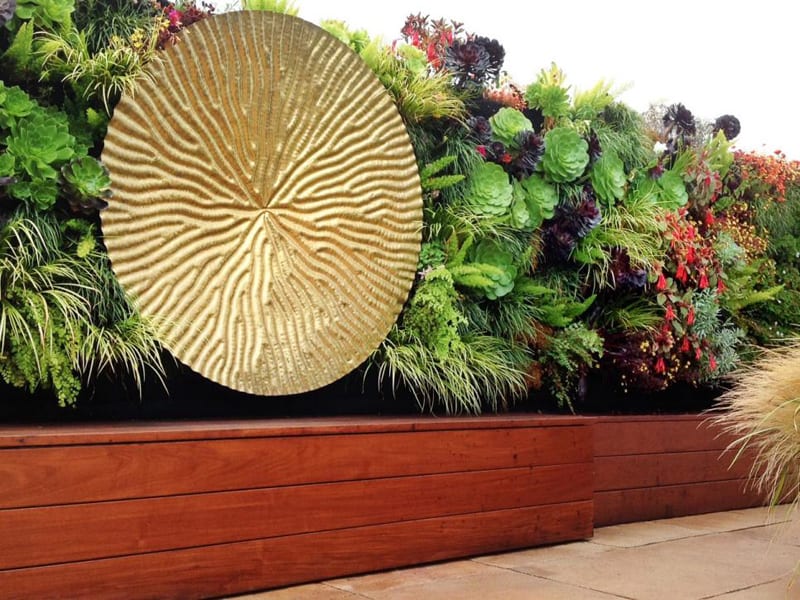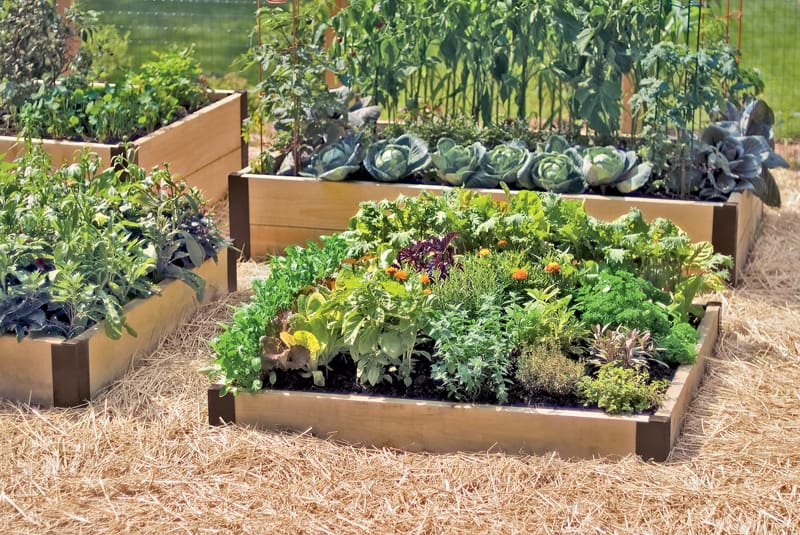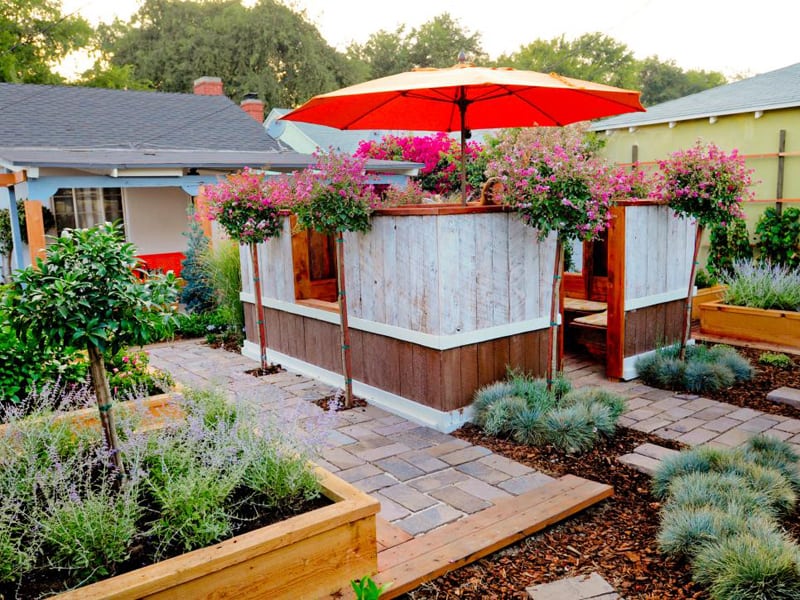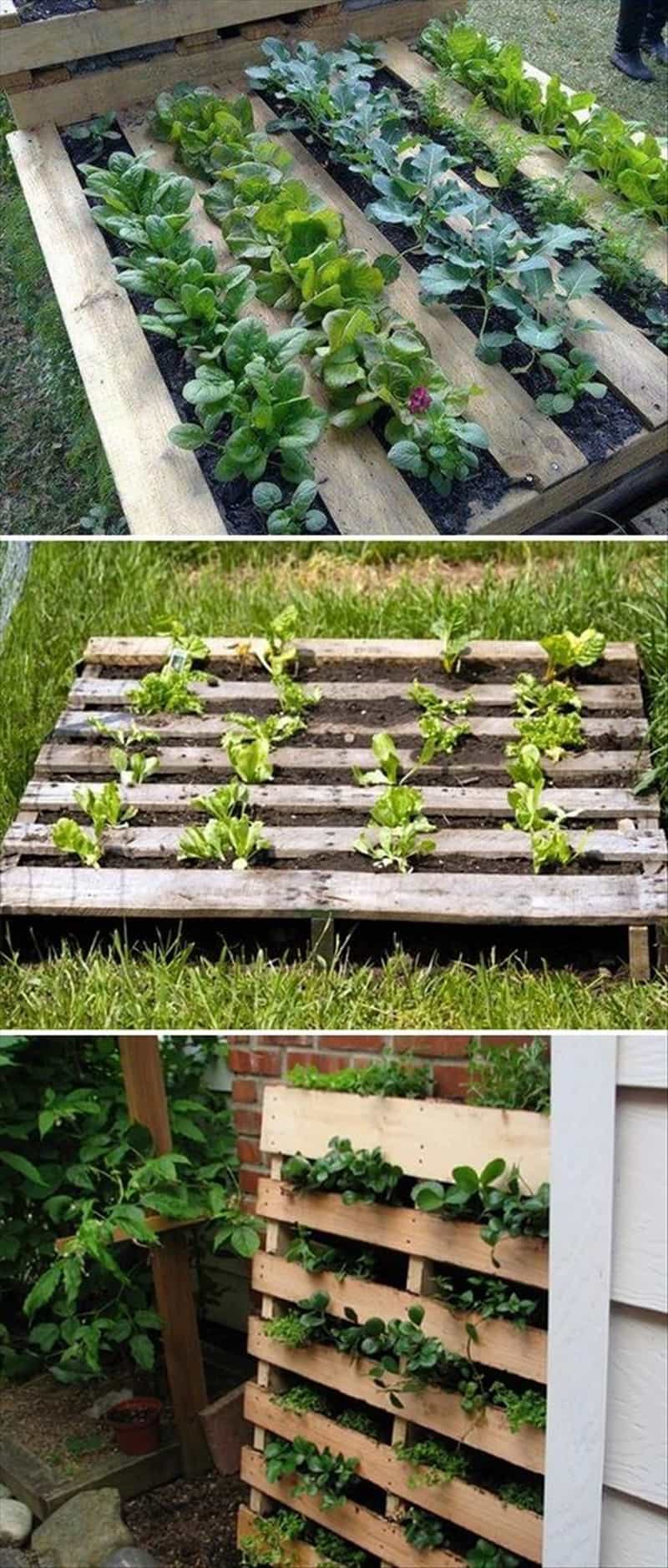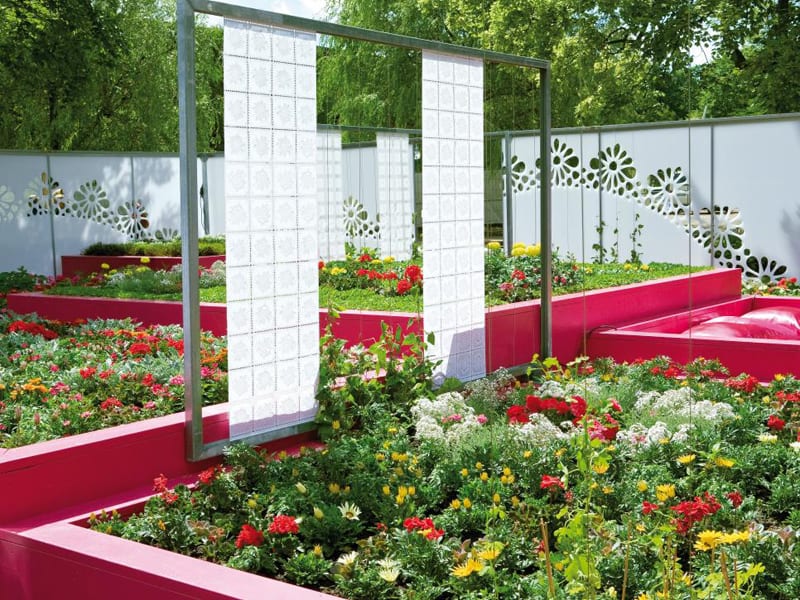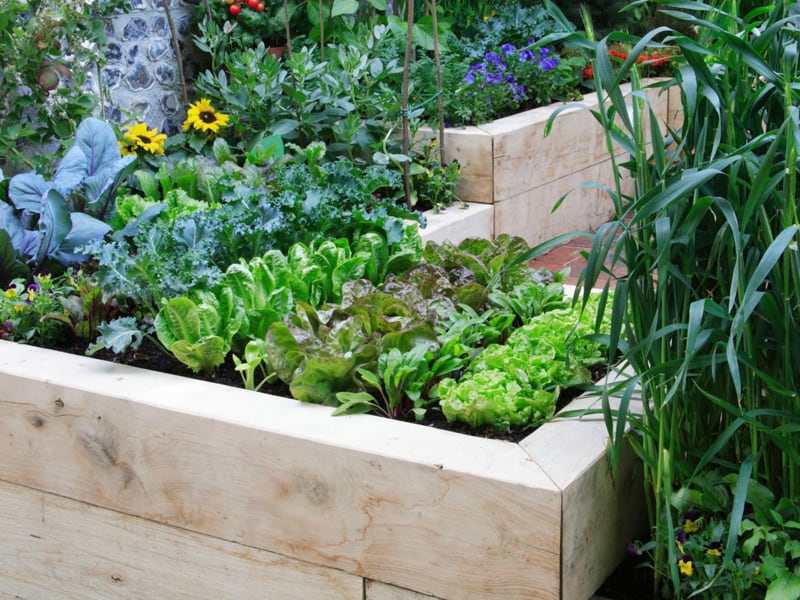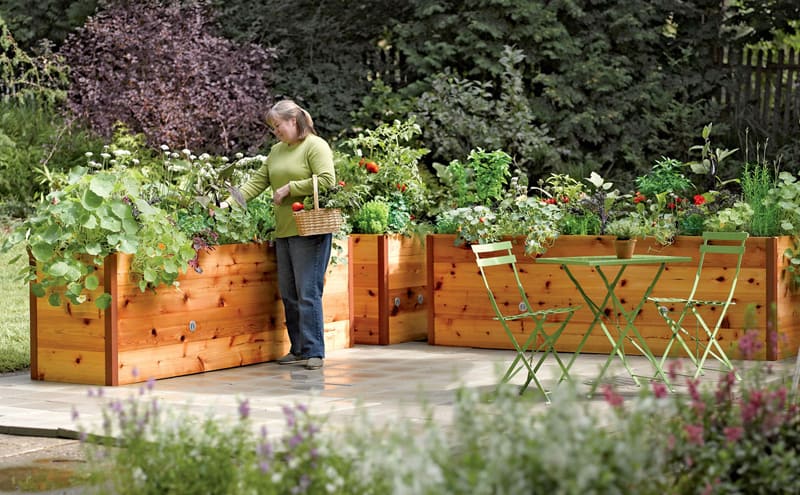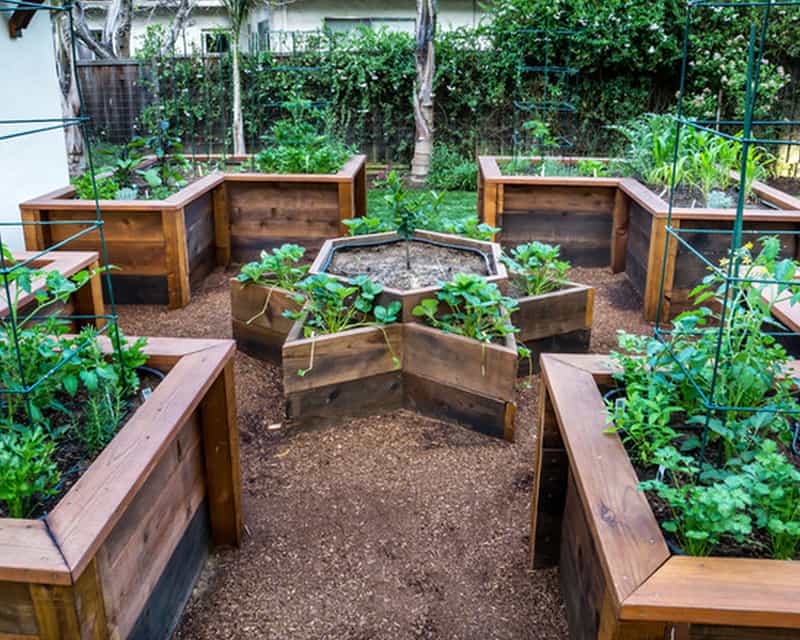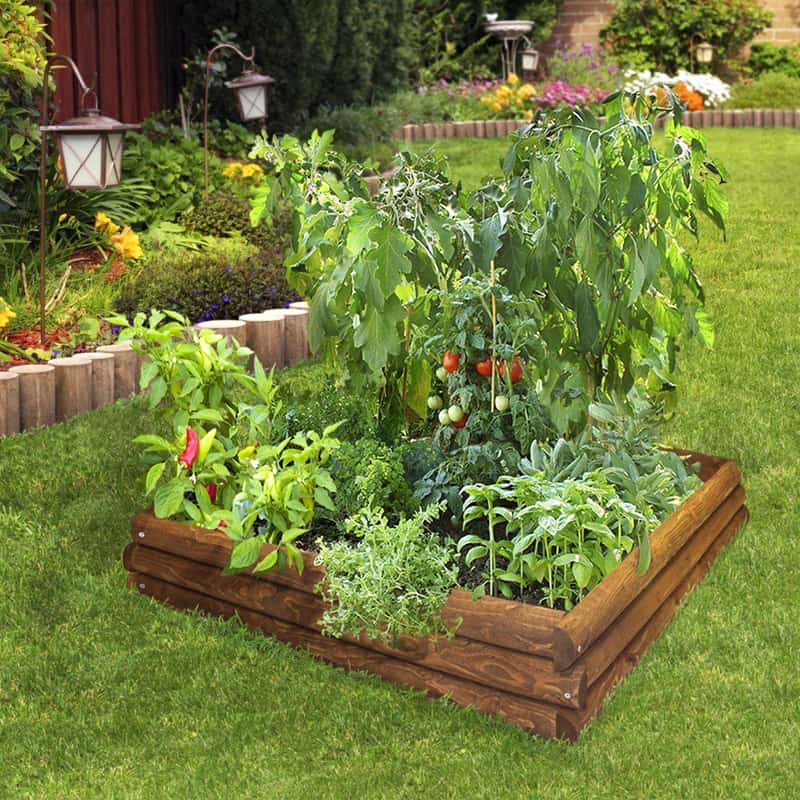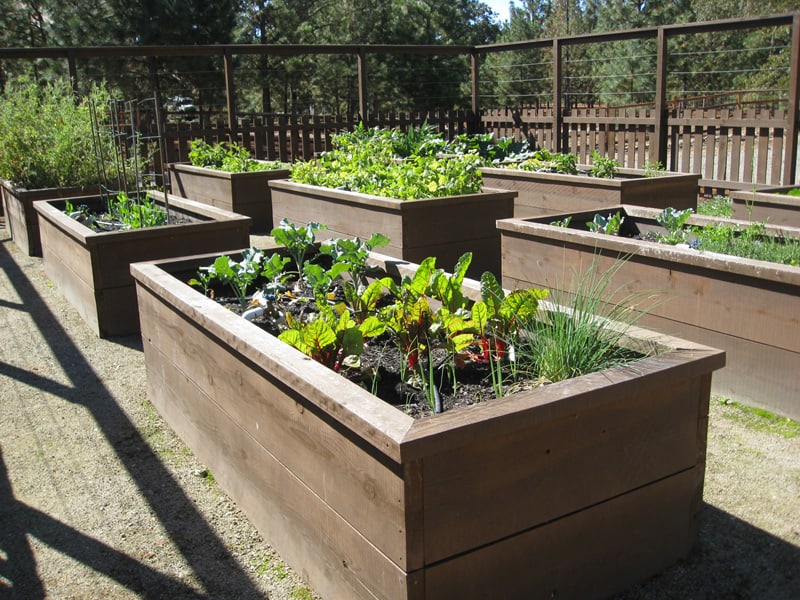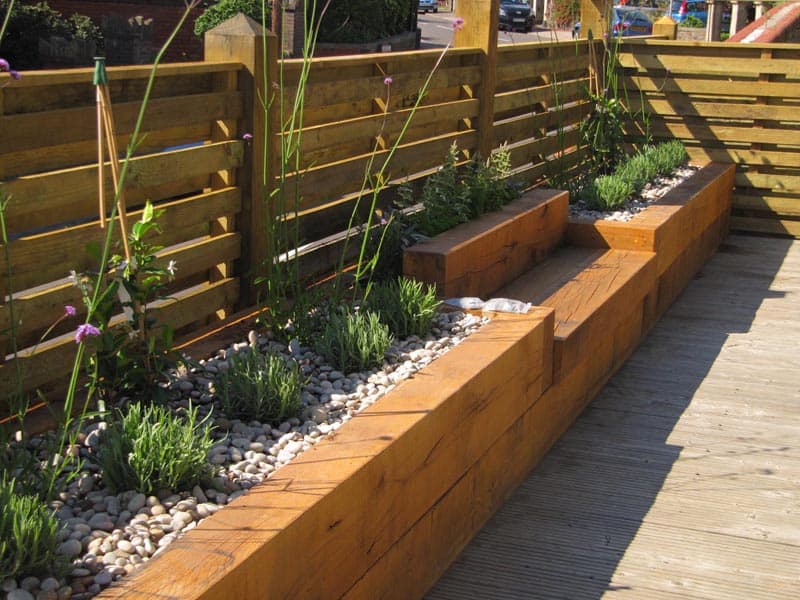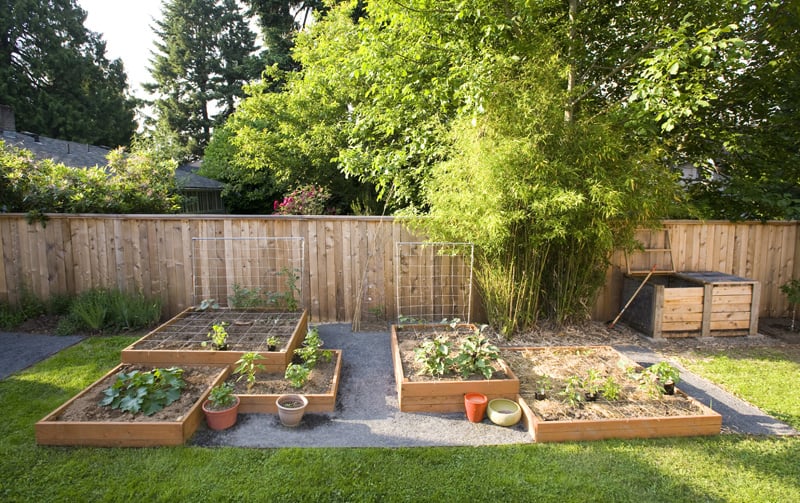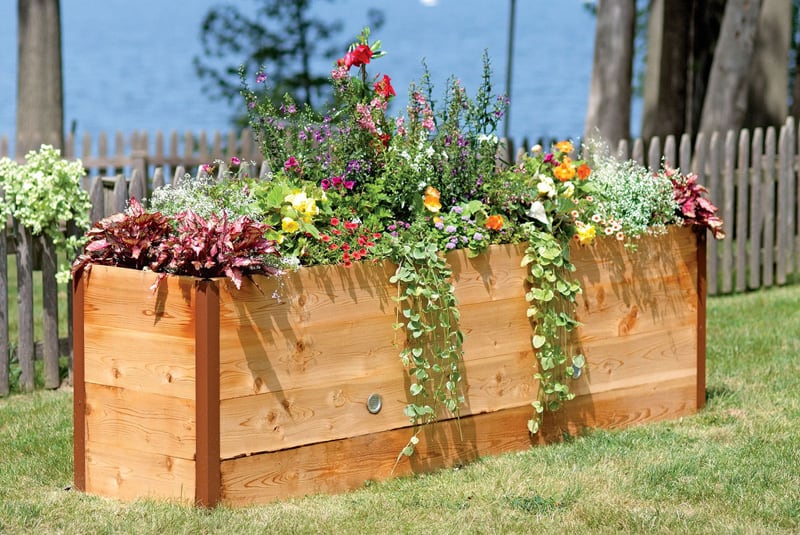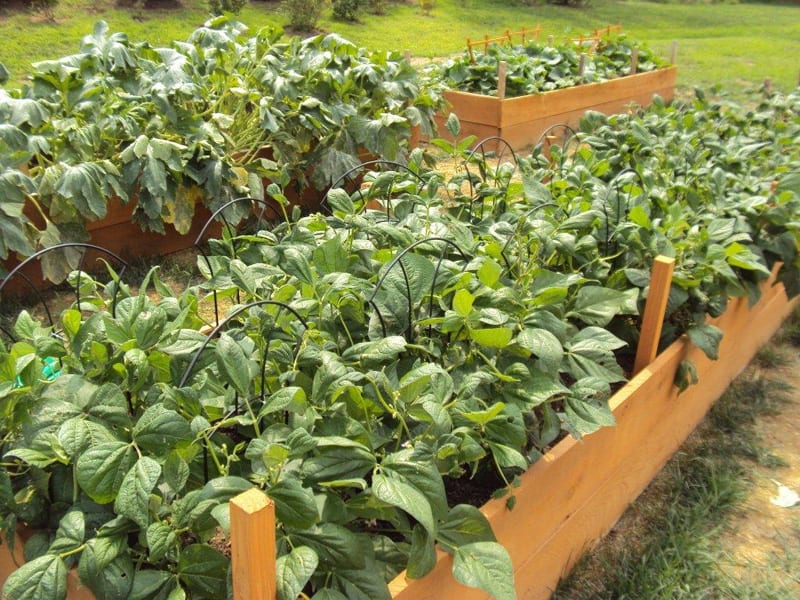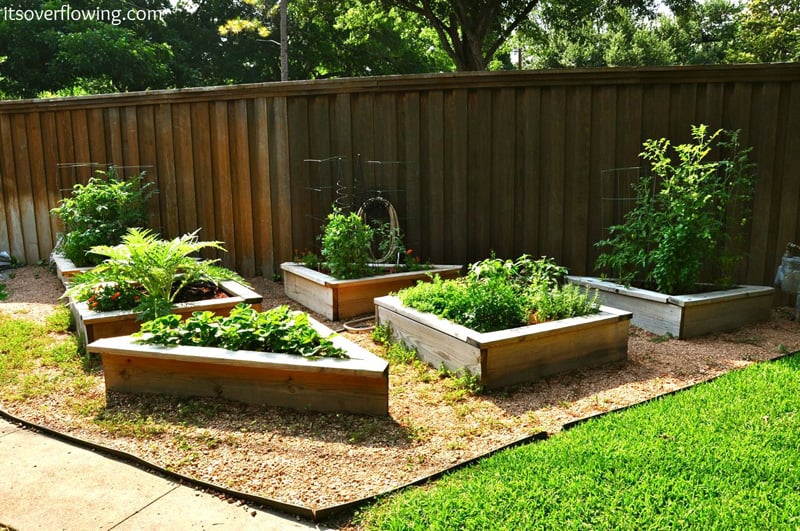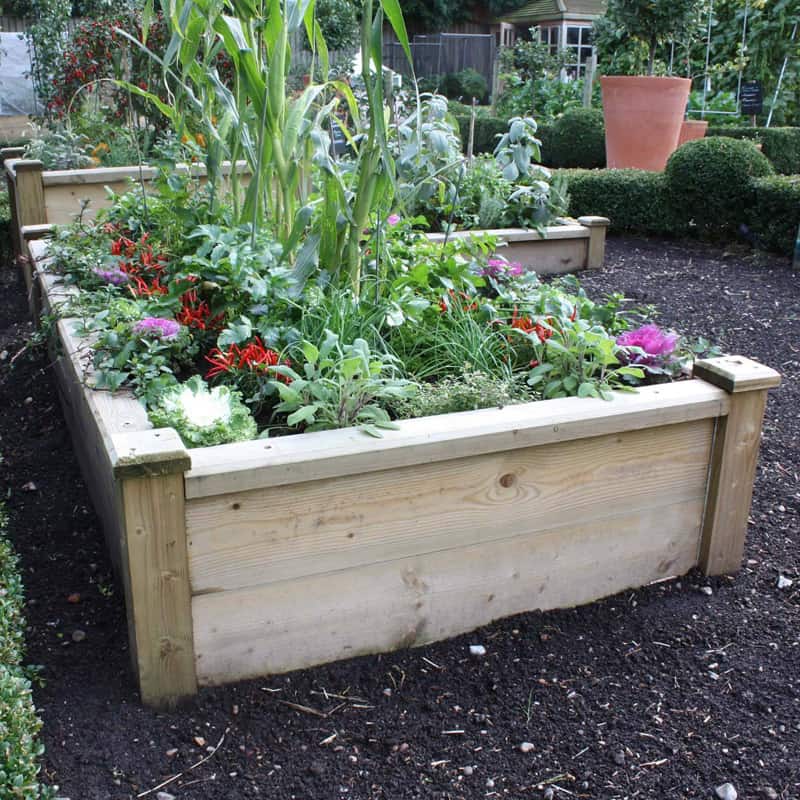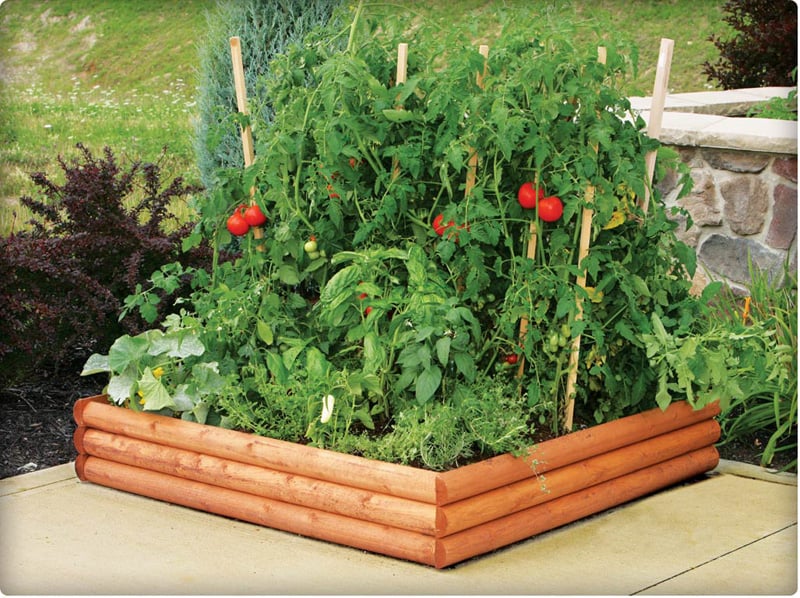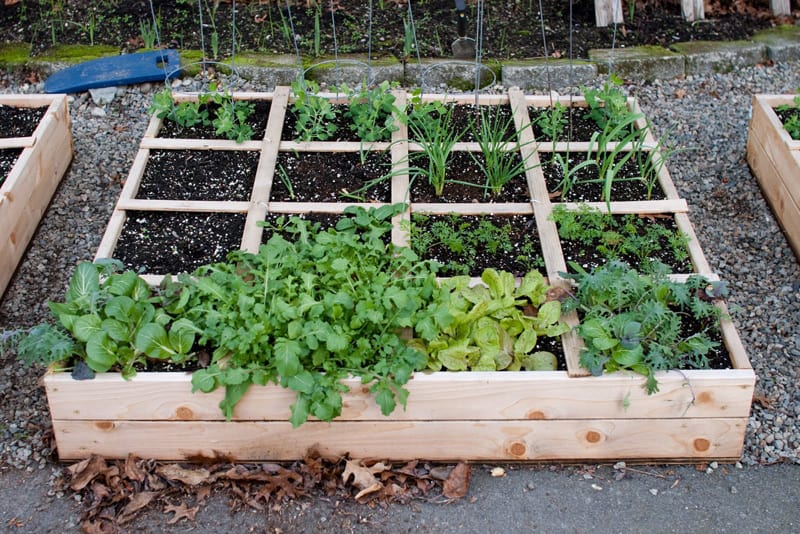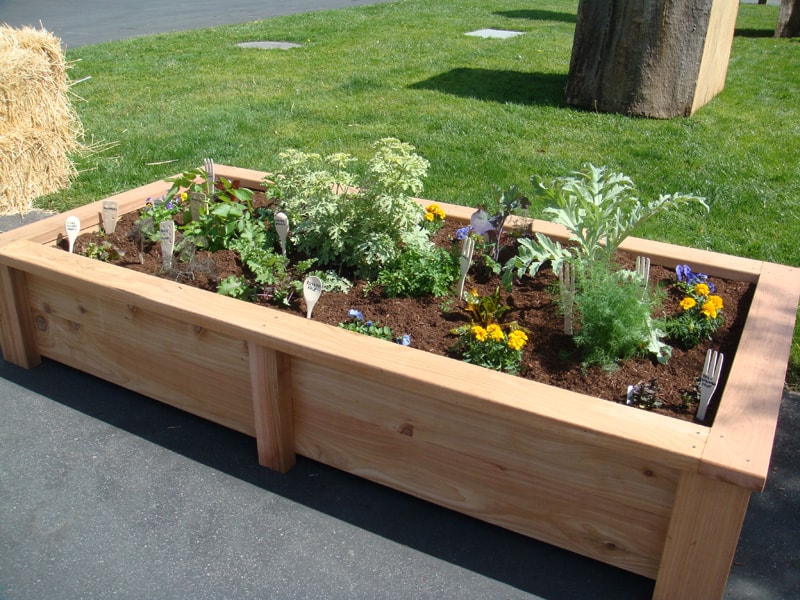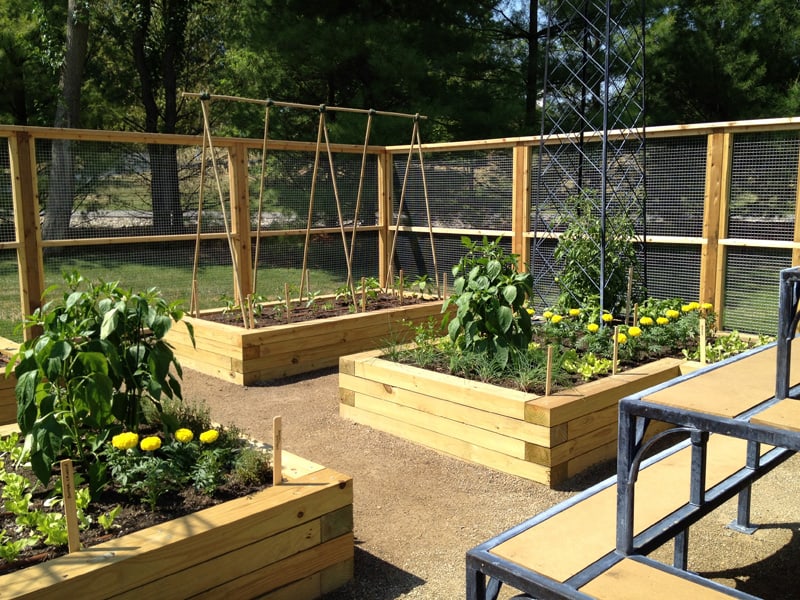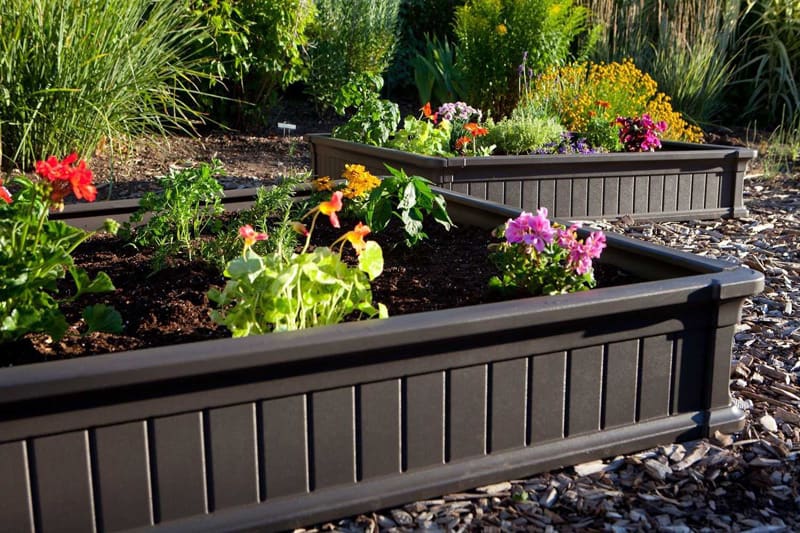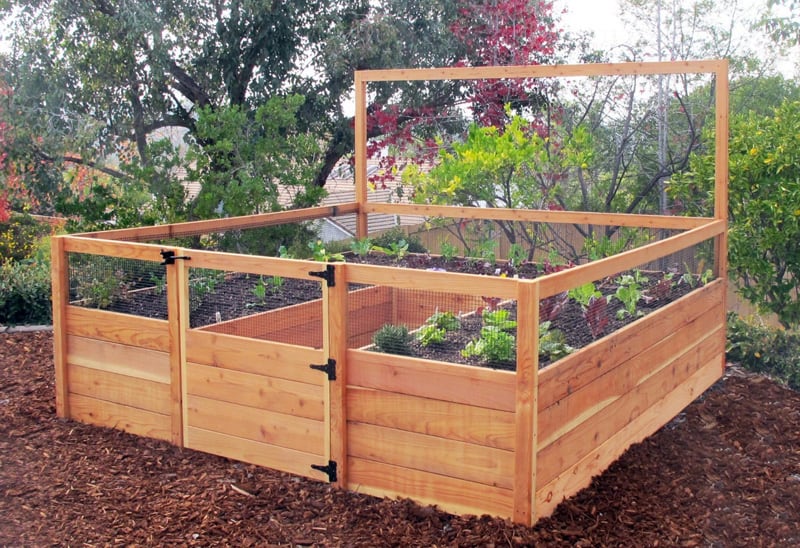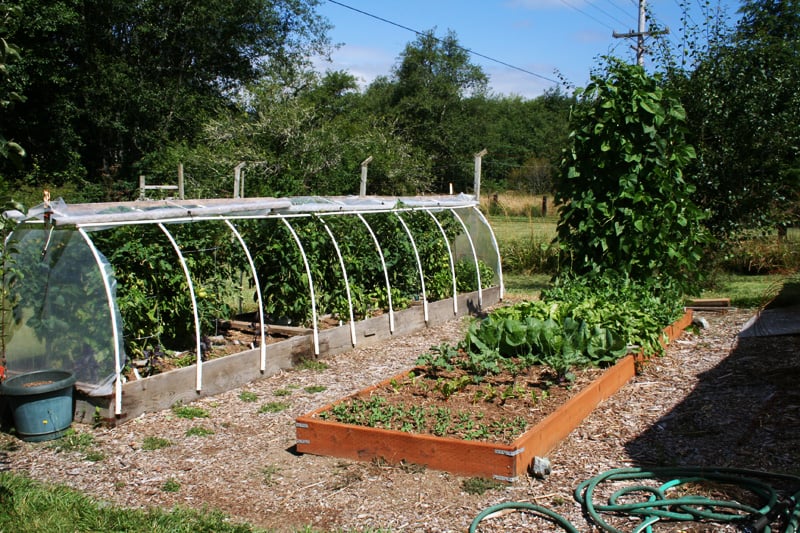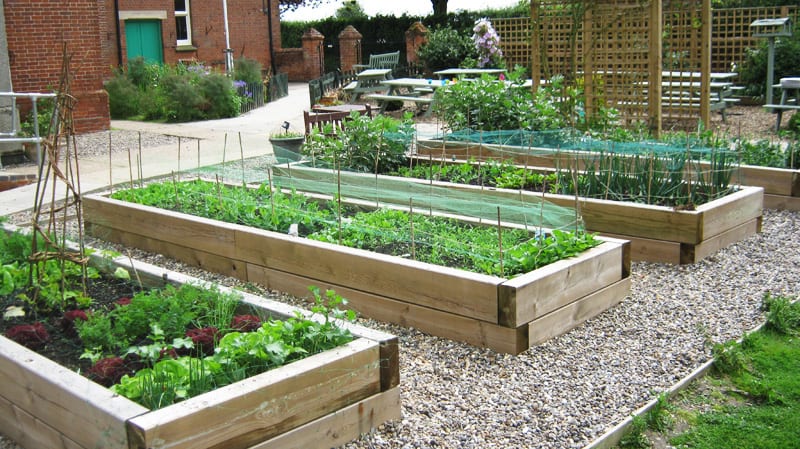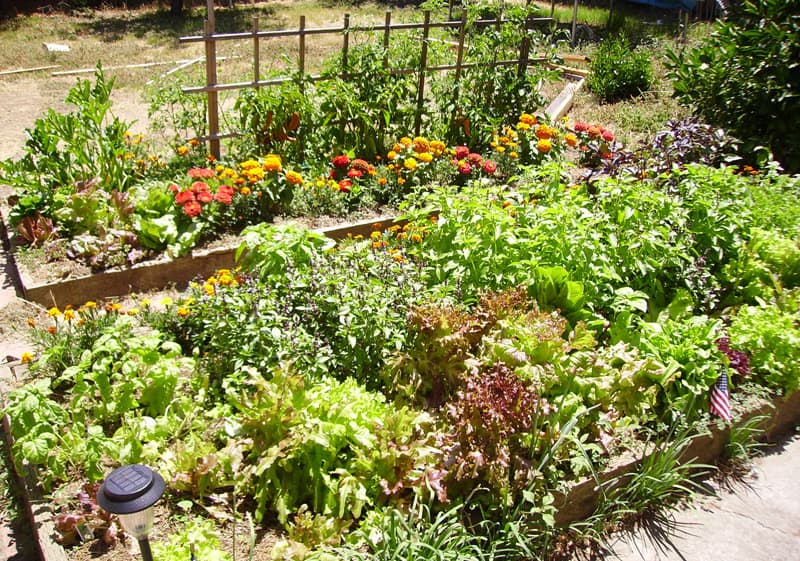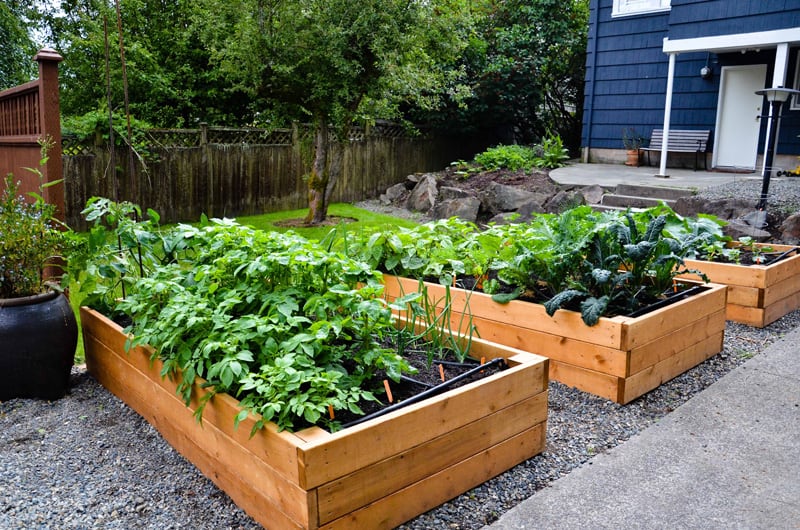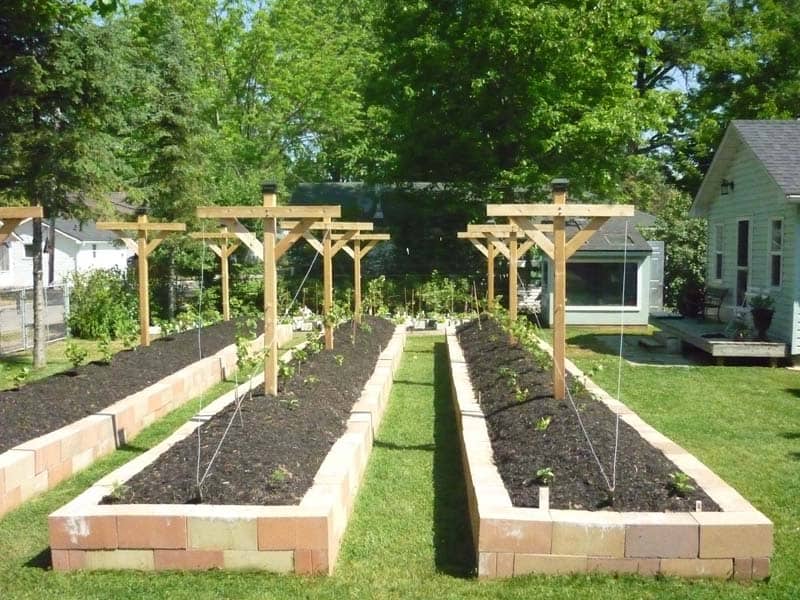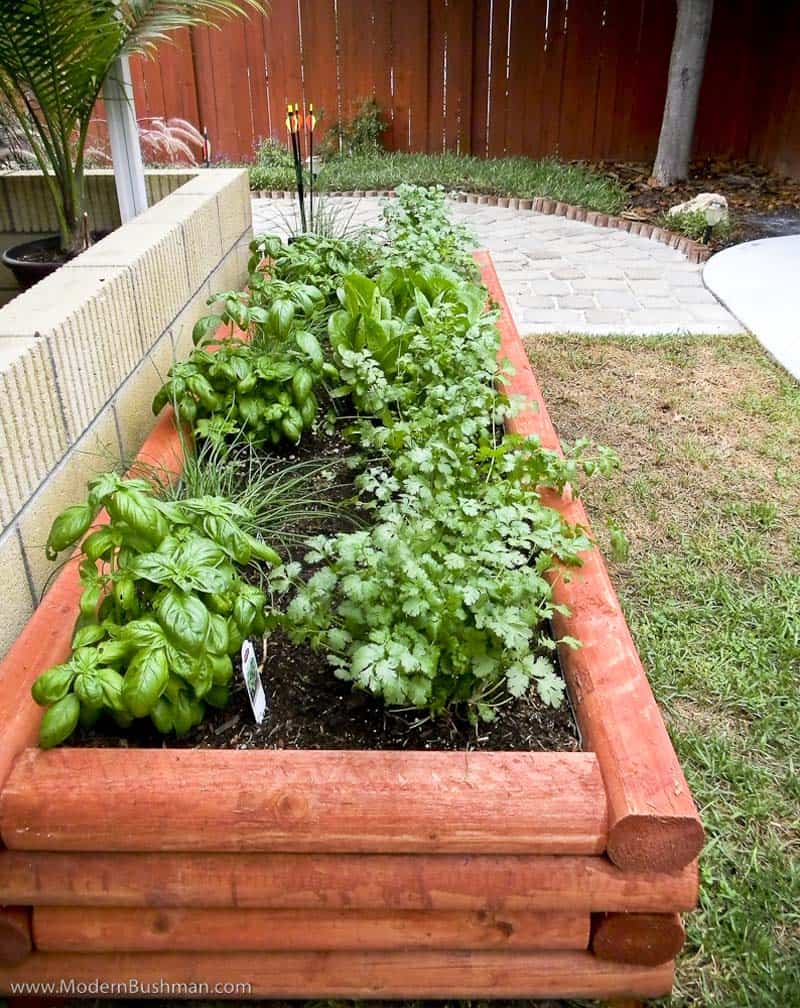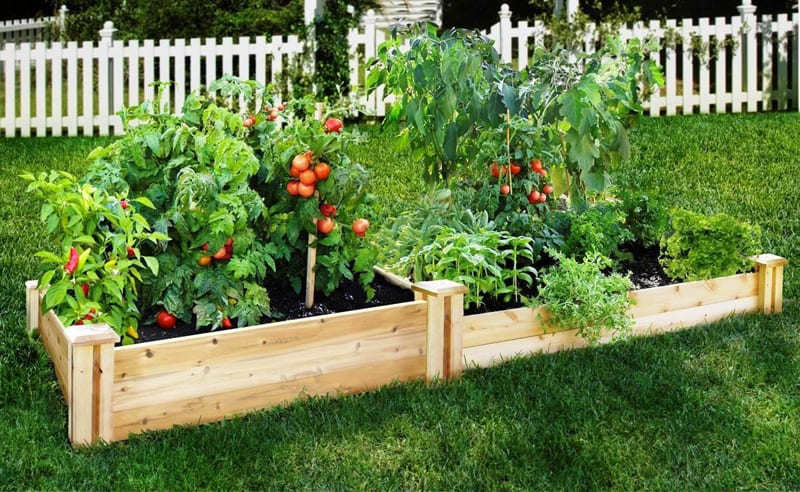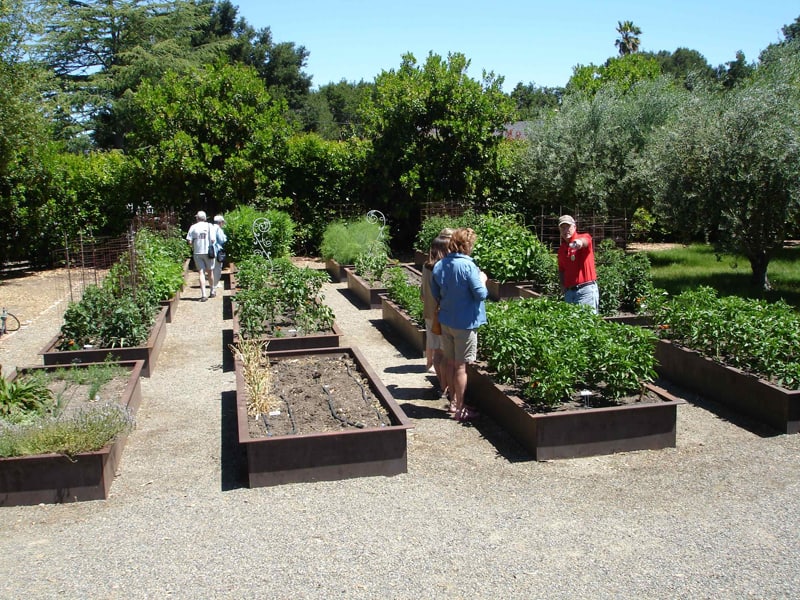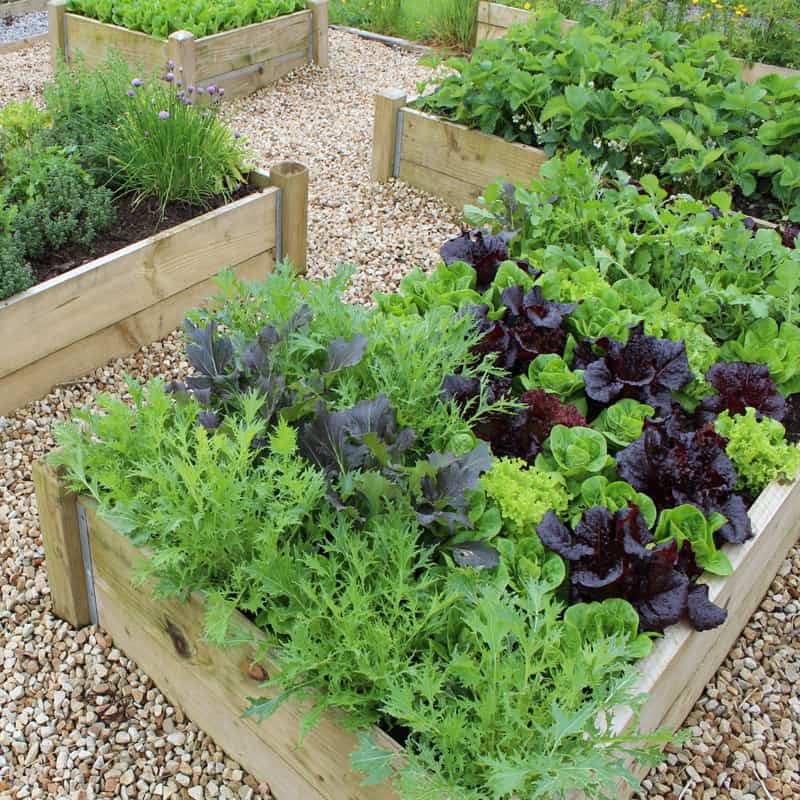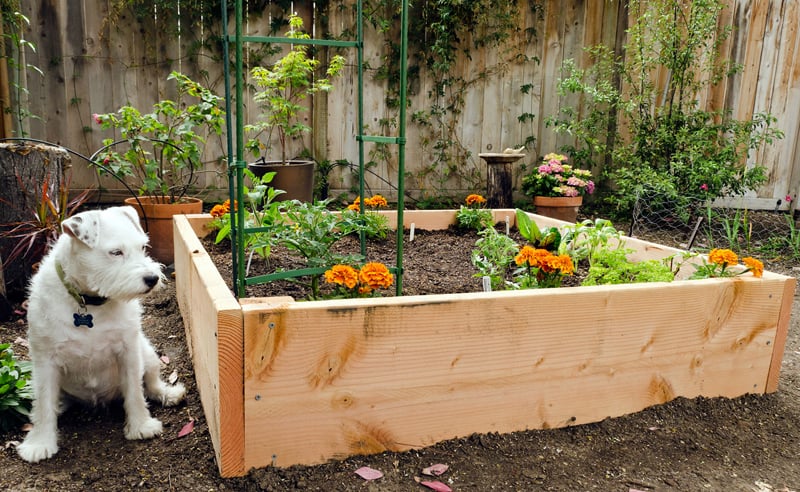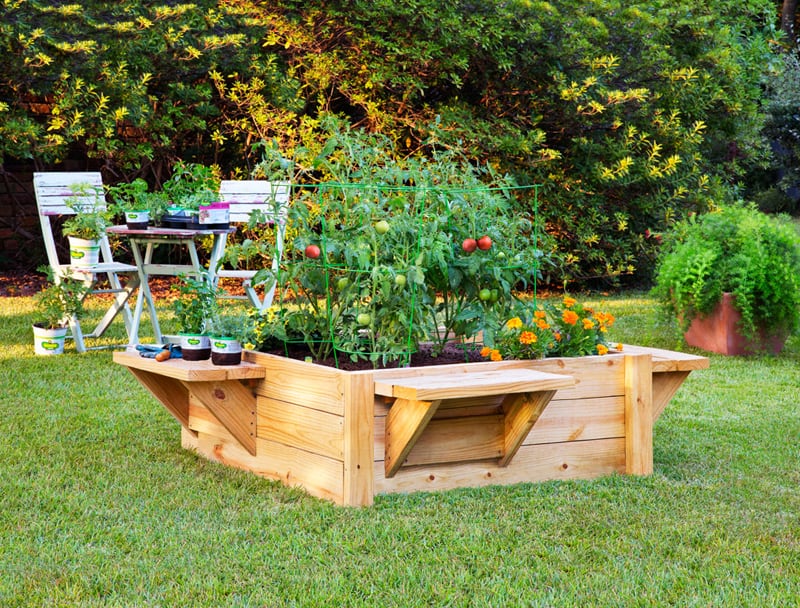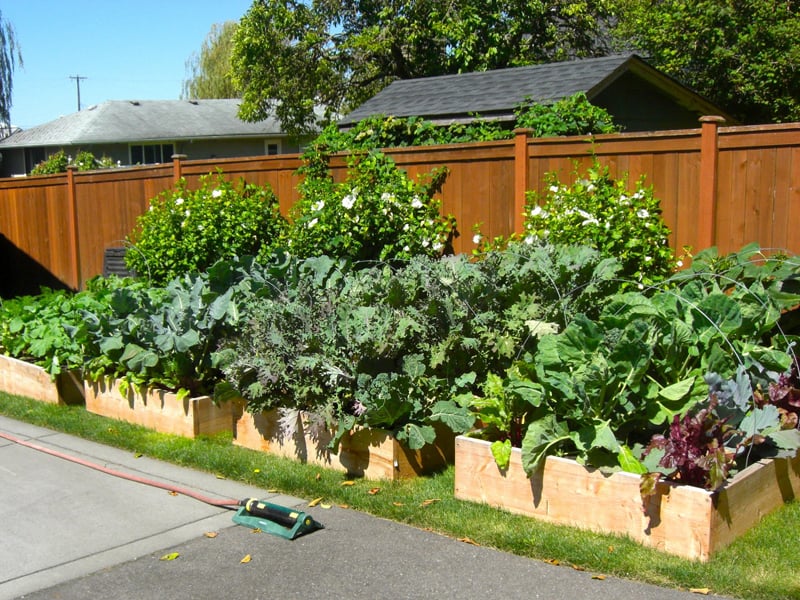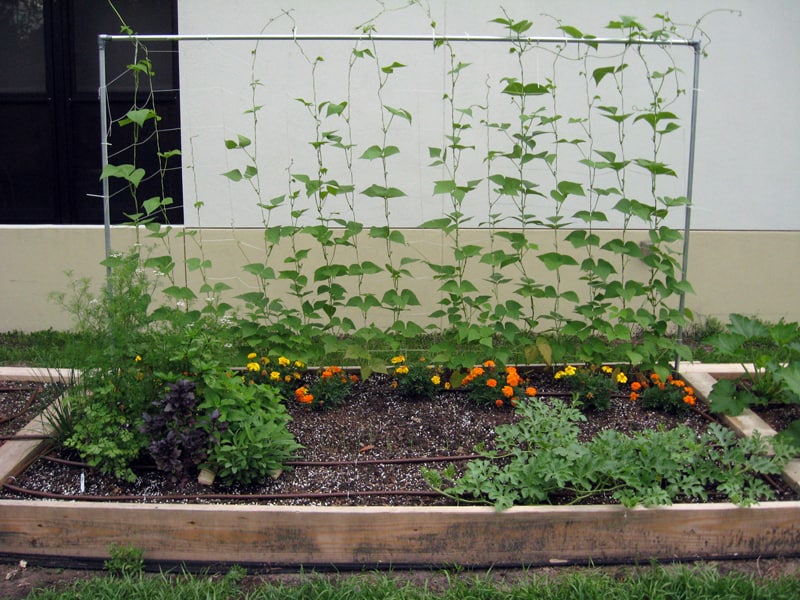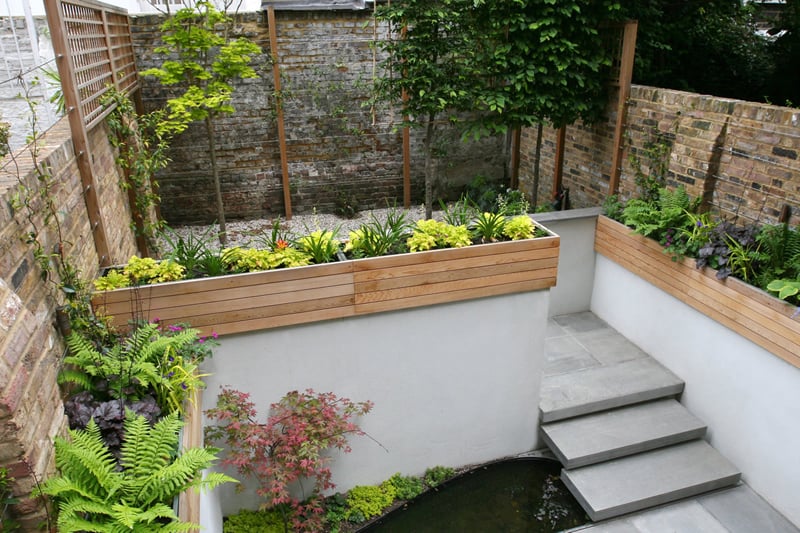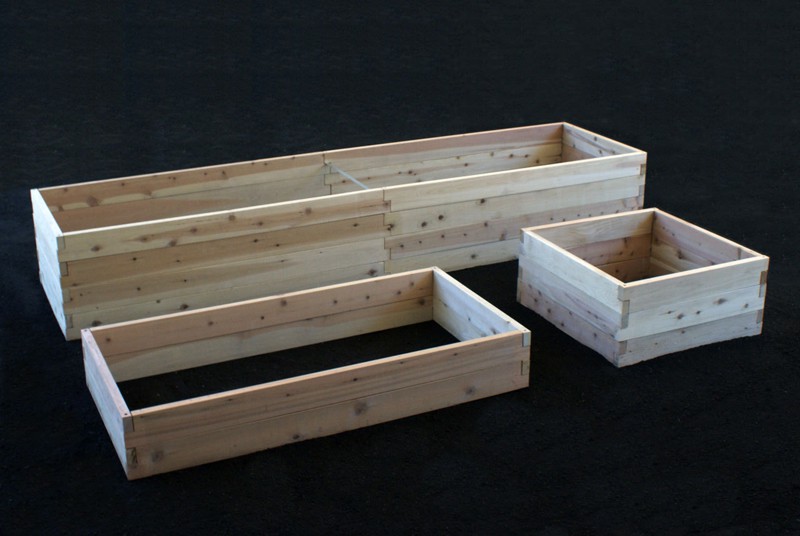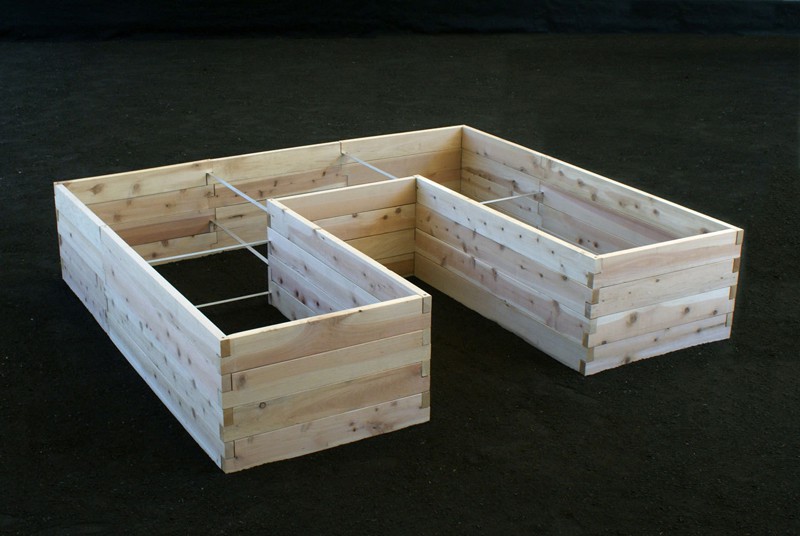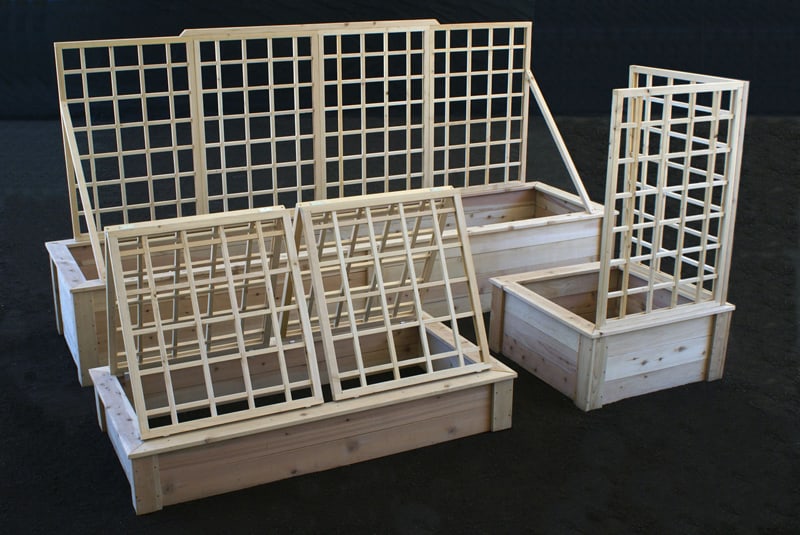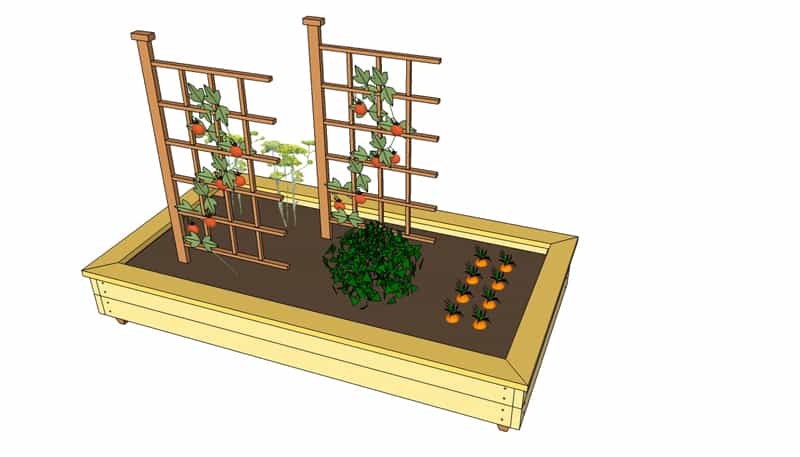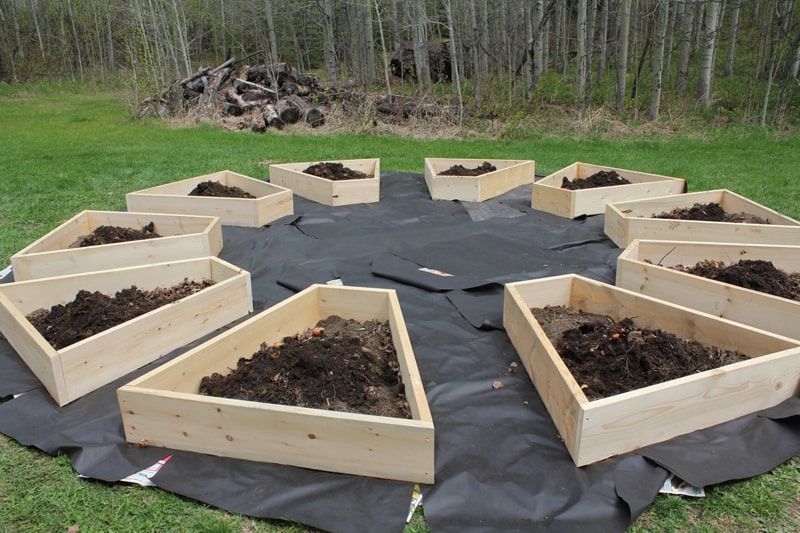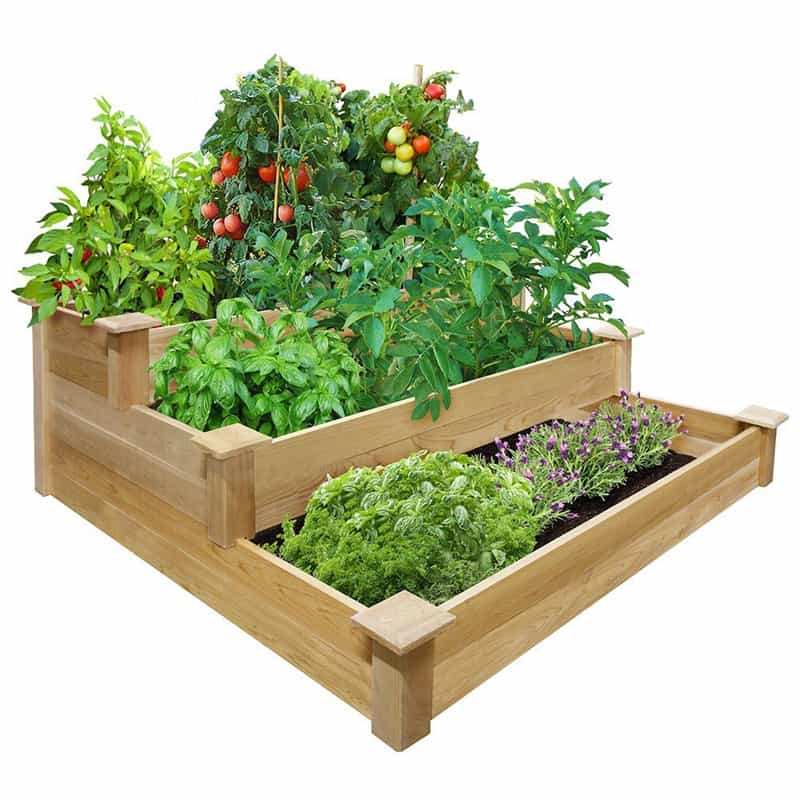Gardeners can build a raised garden beds with relative ease. However, for the novice lover of colorful flower and fresh vegetables, getting all the right information about raised bed gardens before proceeding to make one is vital. Beyond the ease is the control—as you grow your favorite foods, you feed and soak your plants with just what they need for optimum growth. Here are tips on planning, building, protecting and irrigating raised garden beds.
What is a raised garden bed?
The basic idea of raised garden beds is that instead of battling against unfavorable soil conditions, you raise a garden bed by building it above ground where you have absolute control over all ingredients and soil textures. A raised bed is most productive and attractive as a bottomless frame set into a shallow trench. The sides can be almost any durable building material, including rock, brick, concrete and interlocking blocks. Watering troughs or claw-foot tubs can work, as long as they have the capacity and drainage.
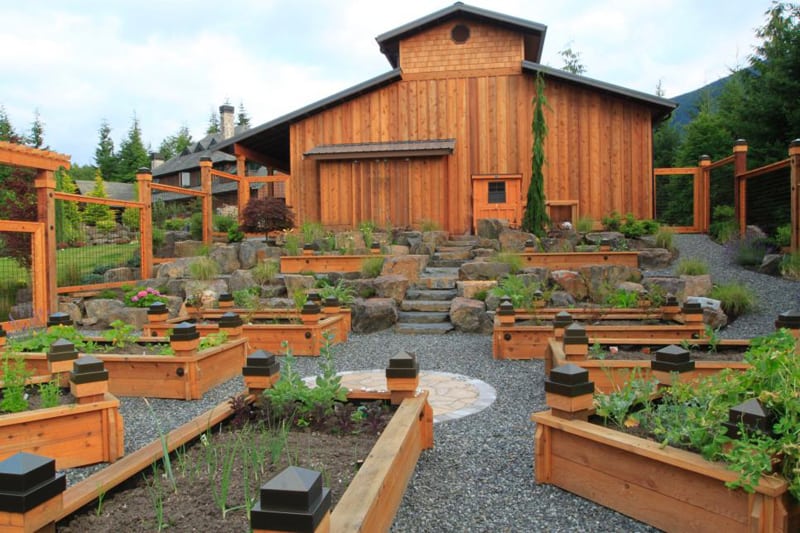
Raised garden beds is a form of gardening where a garden gets built on top of the native soil. A raised garden may or may not incorporate native soil. Such a garden may be a contained one, for instance, by building it with stone or wood to keep the bed intact. Alternatively, it can be in a free form with amendments just piled several inches high. You can grow many things in a raised bed garden, from vegetables and herbs to shrubs and perennials. [ images source]
Hexagon Raised Garden Beds
Hexagon raised beds offer eye-catching shapes for growing flowers, herbs and vegetables in container gardens. They are available in regular (all sides equal) and elongated, or boat-shaped, varieties. Hexagon planters can be used alone or arranged together in honeycomb-like patterns, to create attractive and accessible garden designs. Raised garden beds are made from long-lasting cedar protected with a non-toxic waterproof sealant that is safe for growing vegetables. Raised bed planters come in every shape and size, including custom-size beds. Contact Naturalyards for more information, and let them know if you need help planning a garden.

